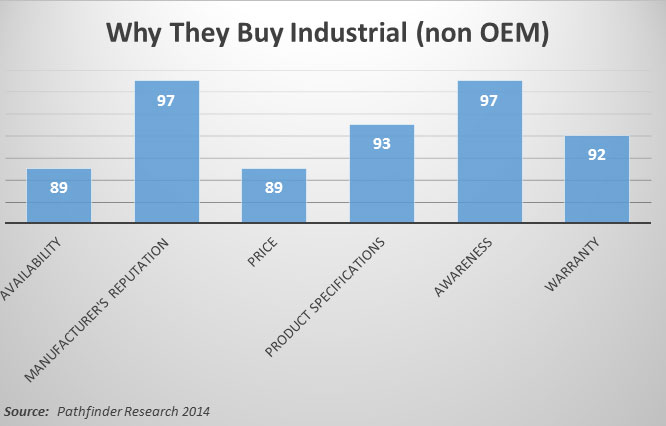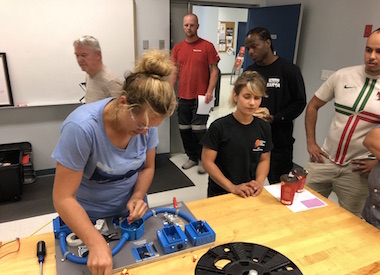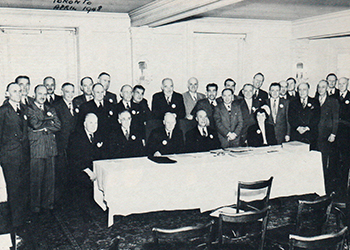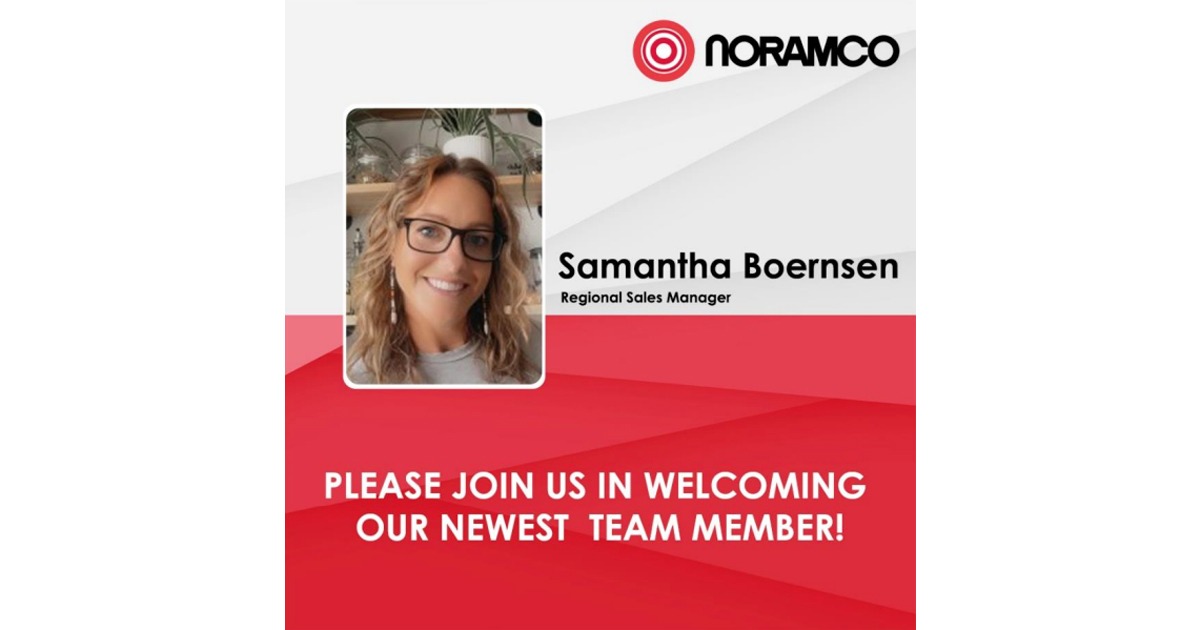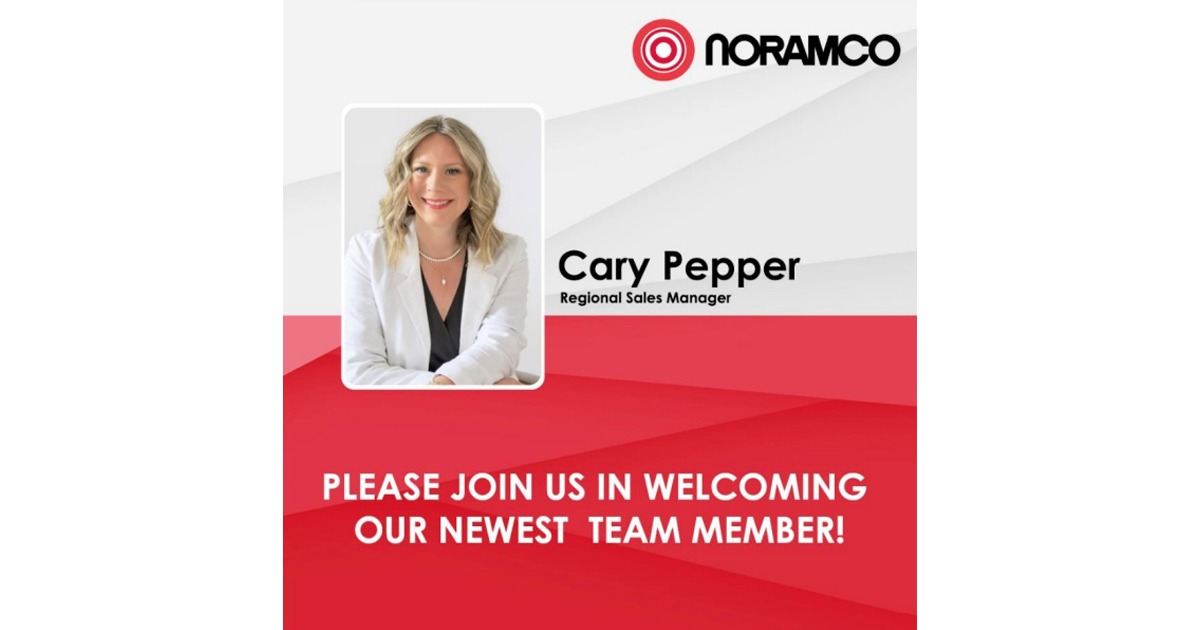Selling Services … Diversifying Revenues & Adding Value
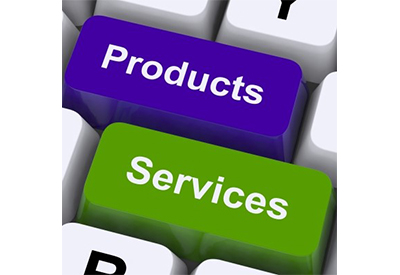
May 31, 2022
By David Gordon, President, Channel Marketing Group
As every distributor knows, there is a labor and driver crisis in every market. It affects hiring warehouse staff as well as drivers. Today’s competition for labor is further exacerbated by competitive environments that can pay $20 / hour plus benefits (aka Amazon and others.) Further, within the electrical industry, many electrical contractors are faced with their own staffing challenges.
Industries have talked about fee-based services and many industry leaders are seizing upon the opportunity to diversify their income stream, improve profitability AND add a valuable service to their customers.
Some service areas where many “understand” the value relate to training as well as product commissioning. Audits also fall into this category. Customers understand that there is a level of expertise, that frequently they don’t have, that a distributor can bring to the relationship.
The key with success here is, that sales is not delivering the service in most instances. They are viewed as salespeople, not “experts / specialists” in an area.
Another area where distributors are bringing value to their customers is more from an operational / productivity viewpoint.
While distributors may suffer from labor challenges, it can be “tougher” for contractors. Further, a distributor can allocate a person’s time over multiple contractors / initiatives whereas a contractor may not have enough work for a full-time hire.
Some of the areas where distributors, and some manufacturers, are adding value … and charging for it … include:
- Pre-fab / assembly support
- Material storage and material management
- Project clean-up
- Returns management
There have also been reps who develop fee-based services that can be sold through distributors to their customers, and, in some instances, the distributor does as a pass-through or encourages direct relationships.
The key is that this is identifying areas where your company can bring knowledge and / or skills-based expertise (or excess resources) to help solve customer problems.
Dick Friedman, an expert in warehouse management solutions, who supports distributors and manufacturers in many industries, shared some thoughts:
“Some will think that the examples of fee-based services described here could place distributors in competition with their customers. And they would be correct, so profitable planning first requires meetings with salespeople to determine which services should be offered, explaining to them how to “sell” fee-based services, and which customers should be approached with an offer of the services. Determining the price for each customer-service combination is a job for executive management, who may also need to meet with customers to offer the services.
Not all customers may view fee-based services as competition. Some customers are unable to hire all the people they need to provide timely services to their customers; and for some, the cost of performing the services being offered is much higher than the price they would pay. Keeping these customer-challenges in mind can help identify customers to whom fee-based services would be offered.
All the examples, and other services, involve picking and using stock items and/or items ordered for the service, so very high accuracy is required for all warehouse activities. Using an incorrect item in an assembly service could lead to a customer terminating the service – or even buying from another distributor. Some specific actions to obtain high accuracy are at the end of this article.
Some services I’ve help distributors with include:
- Storage and Logistics. Regardless of industry, and space and ERP permitting, some distributors could store items that their customers ordered from other sources but which the customers want delivered with the items to be delivered/shipped by the storing distributor; the other sources could be other, non-competing distributors. An ancillary service could be picking up the “foreign” items from the other sources. The storing distributors would inspect the incoming items for damage and conformance with packing lists, then store them, and retrieve and deliver or ship them when asked or scheduled. This function makes the storing distributor a 3PL – 3rd Party Logistics (provider).
- There are several ways to charge for your space. This should be researched based upon fees in your marketplace as well as your available space (supply and demand). Remember, your labor and space fees (mortgage / rent) utilities, insurance, etc. are fixed, recurring expenses and are not necessarily tied to sales. Make sure you are appropriately compensated.
- Electrical Distributors. If codes permit, an electrical distributor could use customer-provided data (or drawings) to insert circuit breakers into a breaker panel and create a load center. And if data is provided, a location label could be printed for each breaker and affixed to the panel door.
- Industrial Distribution. Using “O”-rings sold by the distributorship, and based on customer specs, a “kit” of various O-rings could be assembled; kits of fasteners could also be assembled. In both cases, the kits could be placed in special-order packaging that would enable the customer to save time when unpacking. Distributors with employees who have machining skills, could grind “tool bits”, pieces of metal that are used in lathes for turning metal or plastic.
- A lighting distributor that sells to commercial, residential, and industrial projects could assemble custom-designed fixtures that will be part of a smart lighting system (e.g., LIFI), and test the assemblies (to manufacturers’ specs) and provide a test report.
- If customers request special packaging, that too is a source of fees.
- High Accuracy. The revenue earning services described here require an ERP system that can store the location for every stock and non-stock item, including assembled items/kits; and be able to generate some form of “work order” for picking and assembly, and track the status of items picked for use. Bar code label(s) must be on every shelf and carton/piece, and label scanning must be done at every step involving item/assembly/kit movement.”
Dick Friedman helps electrical and lighting distributors prevent warehouse mistakes that lose sales and customers. He has helped distributors increase warehouse accuracy where bar code scanning does not achieve a high level of accuracy. Contact him via www.GenBusCon.com for a FREE consultation on increasing warehouse accuracy.
Thoughts on Electrical Distributors Selling Services
A couple of other things to consider regarding fee-based services:
- If there is no “fee” (price) assigned, frequently customers do not perceive the same level of value as the distributor. Consider, what is the value of “free”? And don’t make it too low. Understand your value and the value of the service.
- Some ERP systems are challenged in tracking labor / fees. Consider these “fees” as a product and treat accordingly in your system.
- Some services can be waived to select customers, but there needs to be a decision-criteria / authorization process to enable this, otherwise you know what most salespeople will do!
- While all customers should see the fee, some services could become part of a customer loyalty / preferred customer program and have lower fees or no-fee if they purchase X dollars from you
- And sales should be compensated on services sold … and perhaps at a higher rate.
- Distributors should have a list of their standard services, their in-house fee-based services and their supplier provided services. Worst case to train sales! And remember, these are “products” that marketing also needs to promote.
- Manufacturers are also selling services, and sometimes through distributors. The distributor needs to earn a gross margin and sales needs to earn a commission. If the manufacturer is selling a subscription service or something with an annual renewal, if sold through the distributor, the distributor should still earn something. Other industries that go to market via sales channels do the same thing.
- For other insights check out this article on ElectricalTrends and this 2016 report by NAED.
Distributors who are experiencing success in this area have made a commitment generating revenue from their intellect and resources, not just from products. These companies have invested time to determine current and desired solutions, have identified the “how” to deliver the solutions, and developed pricing models. They piloted the initiatives with targeted customers and frequently were opportunistic … the customers asked “could you” or they (typically someone in senior management who may have been on a sales call) suggested the idea, knowing the customer had a challenge (and yes, most salespeople probably said “can we do that” and then thought “I hope my company doesn’t screw this up for me and cost me the customer.)
But, successful companies, once they go through the pilot stage, are setting service sales goals and making someone responsible for the strategy.
Remember the adage … “people respect what you inspect”. No goal, no focus, and therefore not success.



